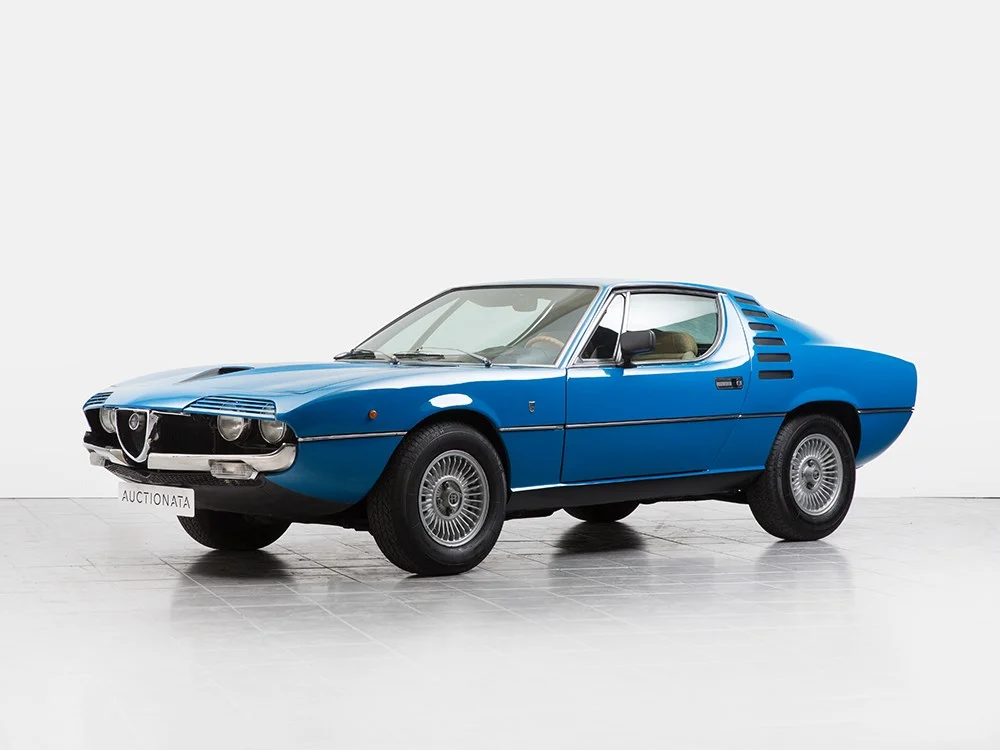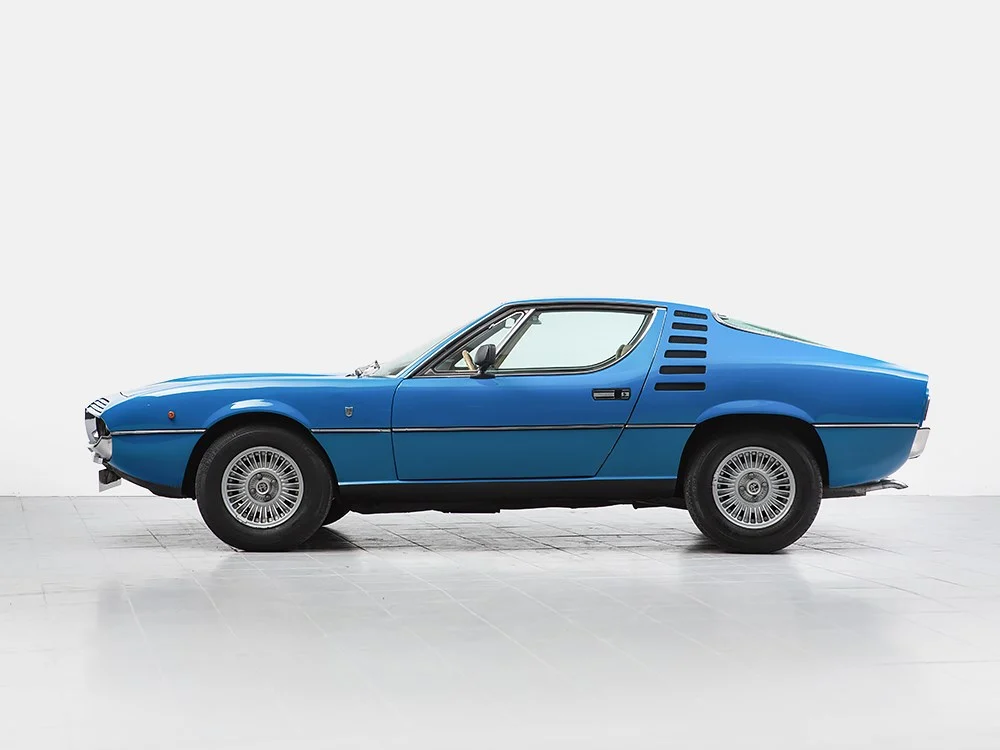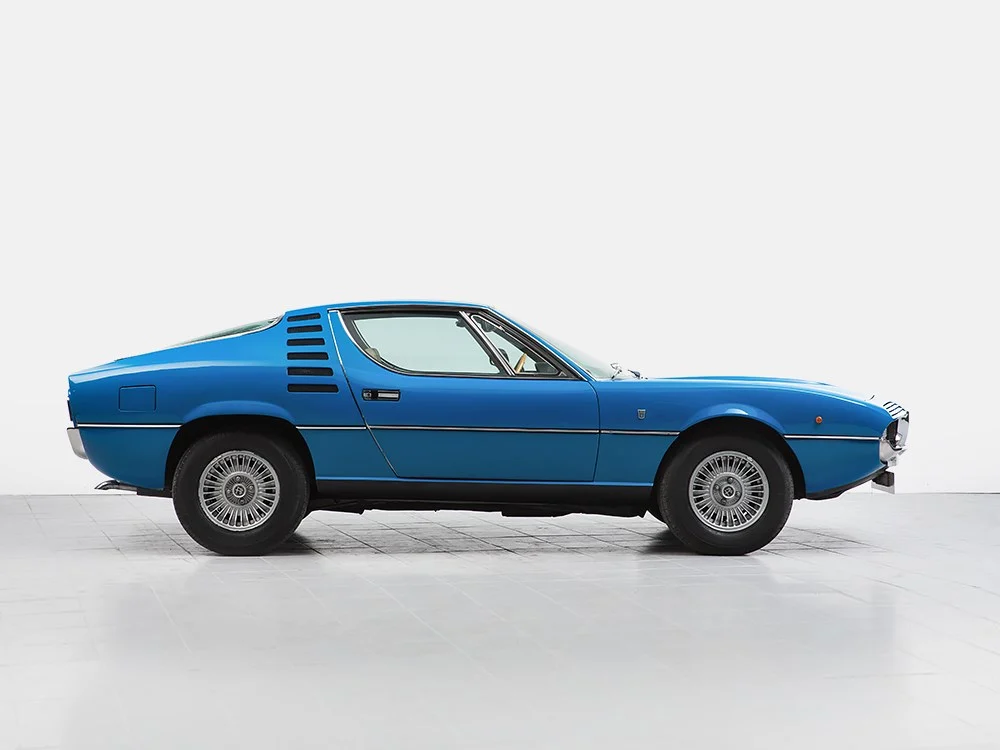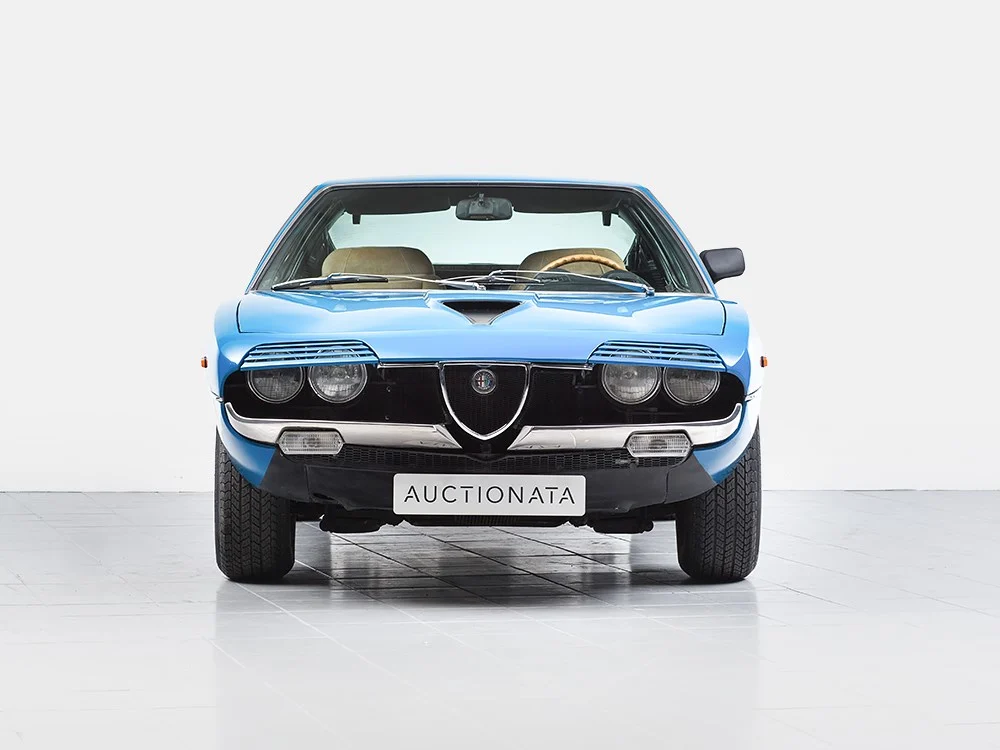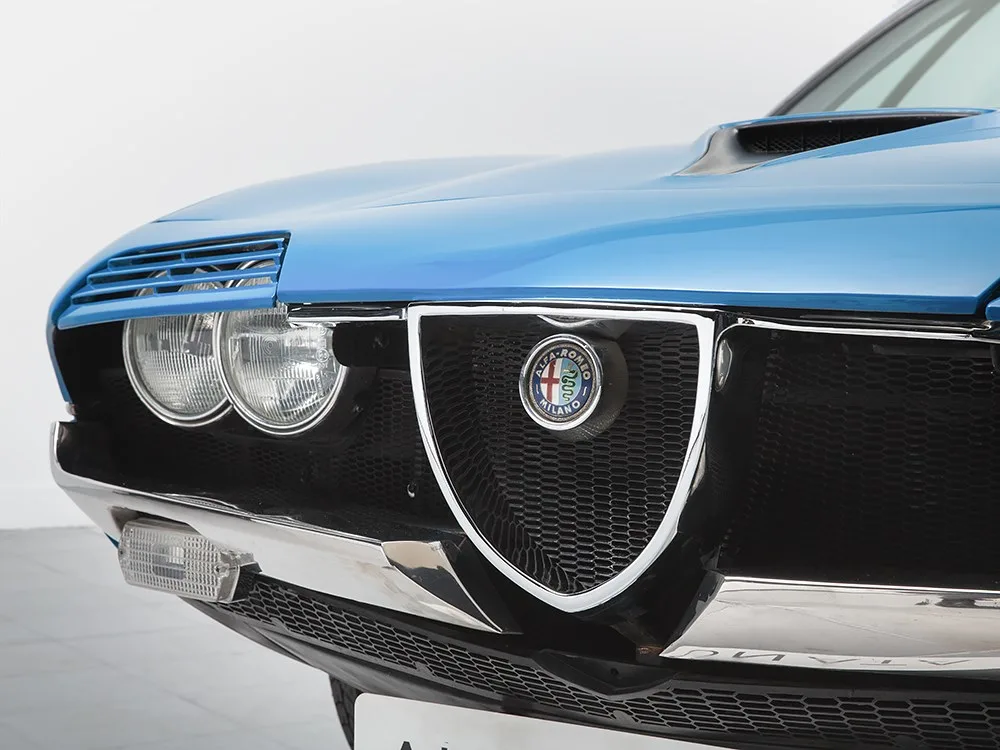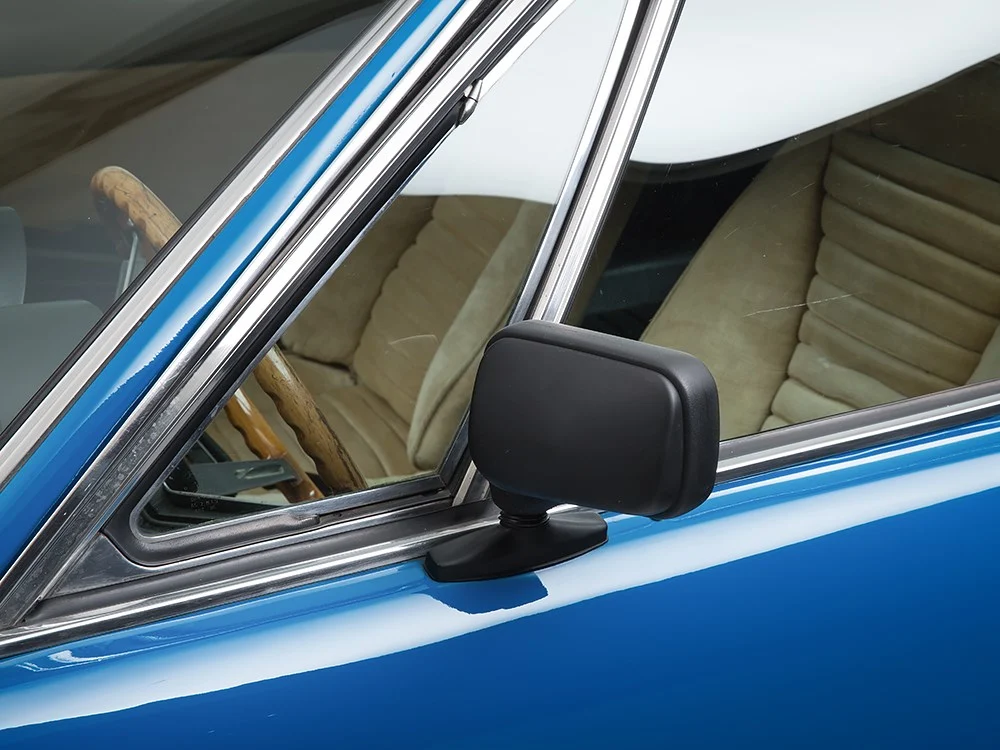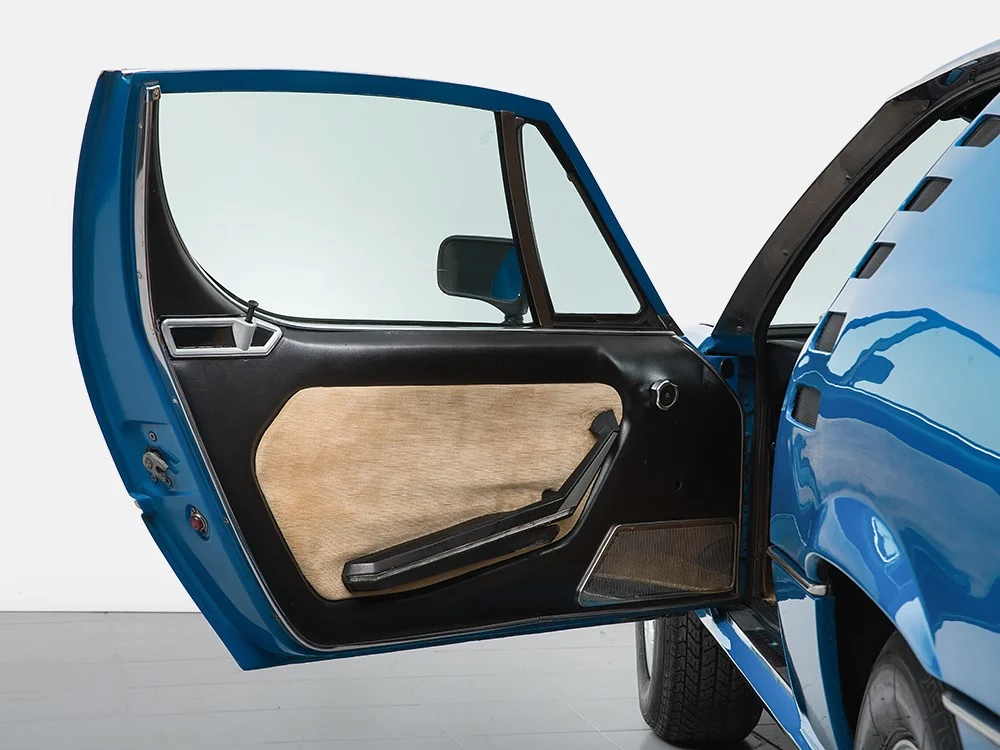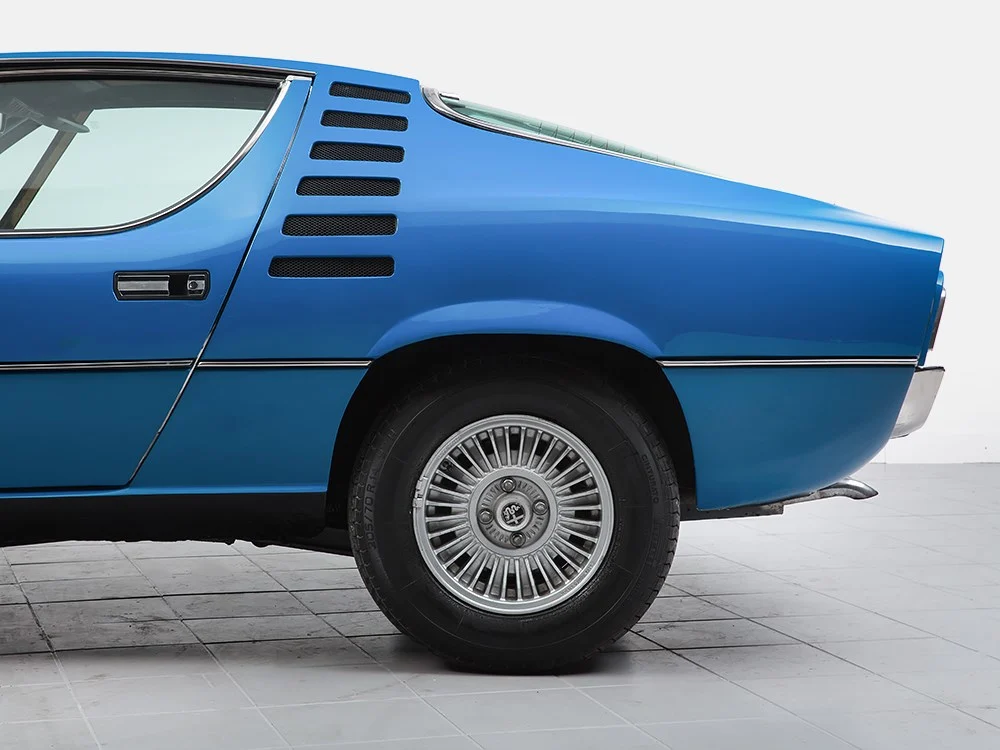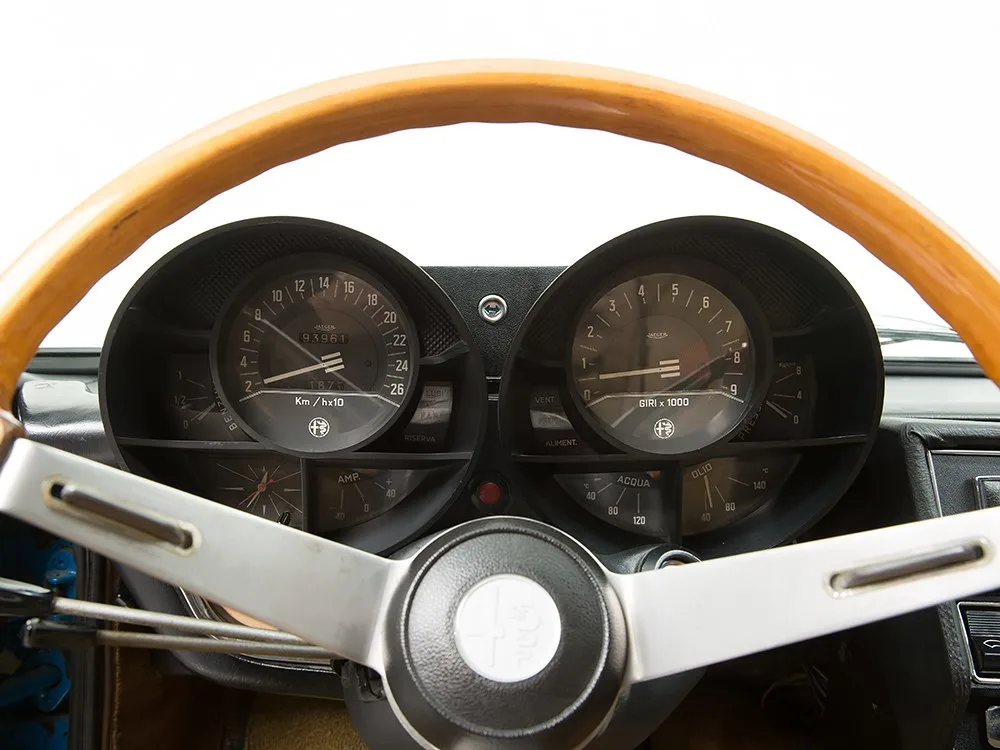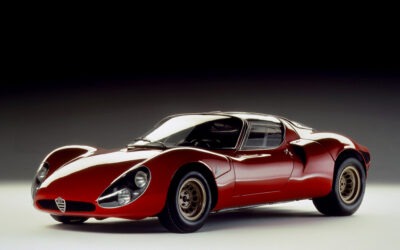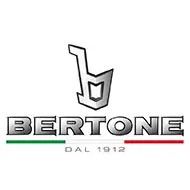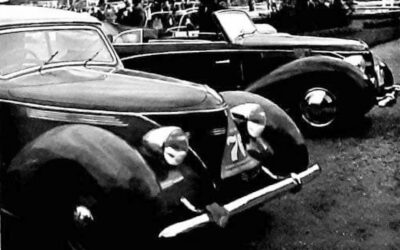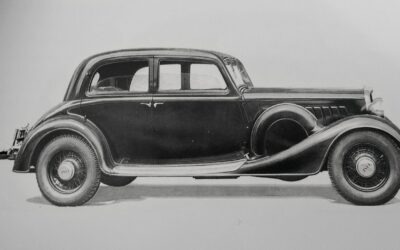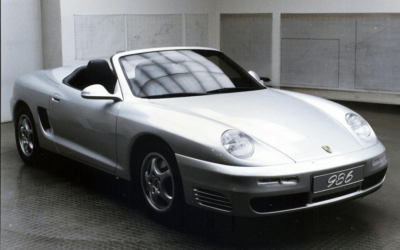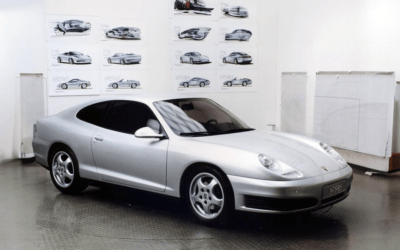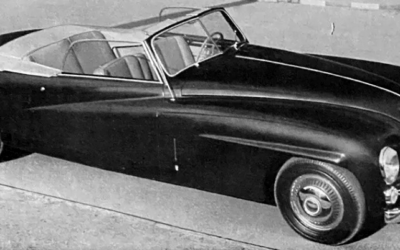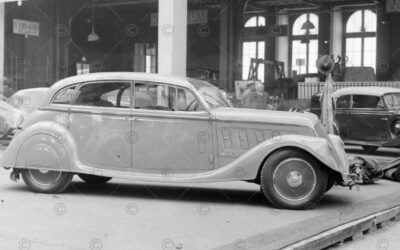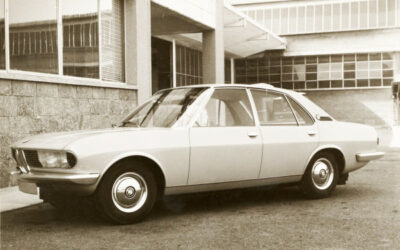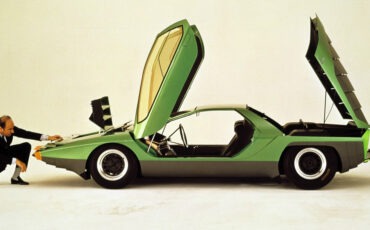The Alfa Romeo Montreal: Born from a Dream, Built in a Hurry
The Alfa Romeo Montreal was never meant to be a production car. Born from a last-minute Expo showpiece, it was a rolling piece of Italian automotive art that unexpectedly captured the public’s imagination. Styled by a young Marcello Gandini, powered by a detuned racing V8, and rushed into production, the Montreal was equal parts stunning and flawed. It wasn’t a purebred sports car, nor a conventional grand tourer—it was something uniquely Alfa: fast, beautiful, and a little temperamental. Though it never reached commercial success, the Montreal remains a cult classic, proving that the best cars aren’t always the most logical—they’re the ones that make you feel something.

